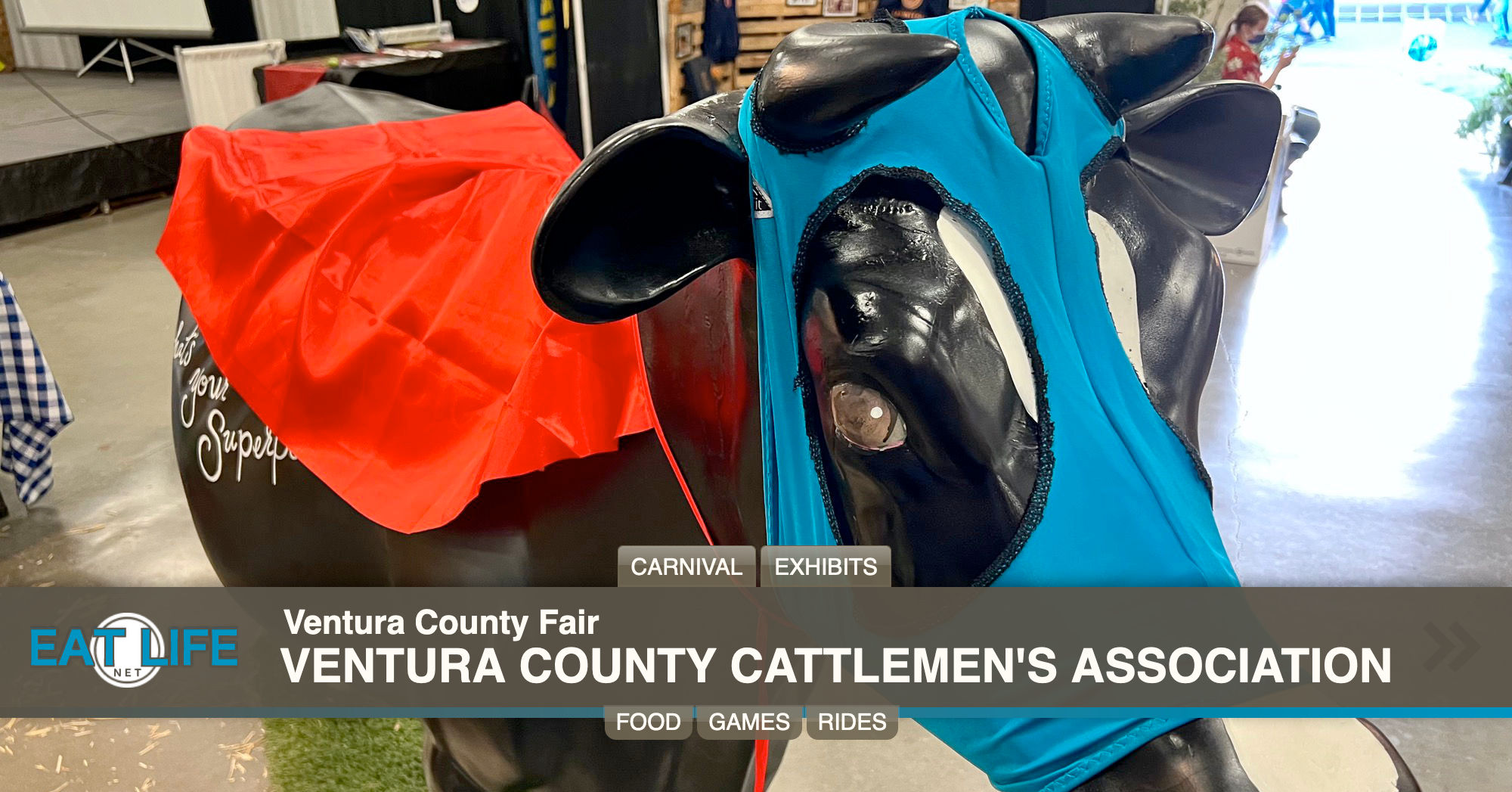Agriculture
Natural Resources
AGRICULTURE
Updated: July 2025
Posted: September 2022
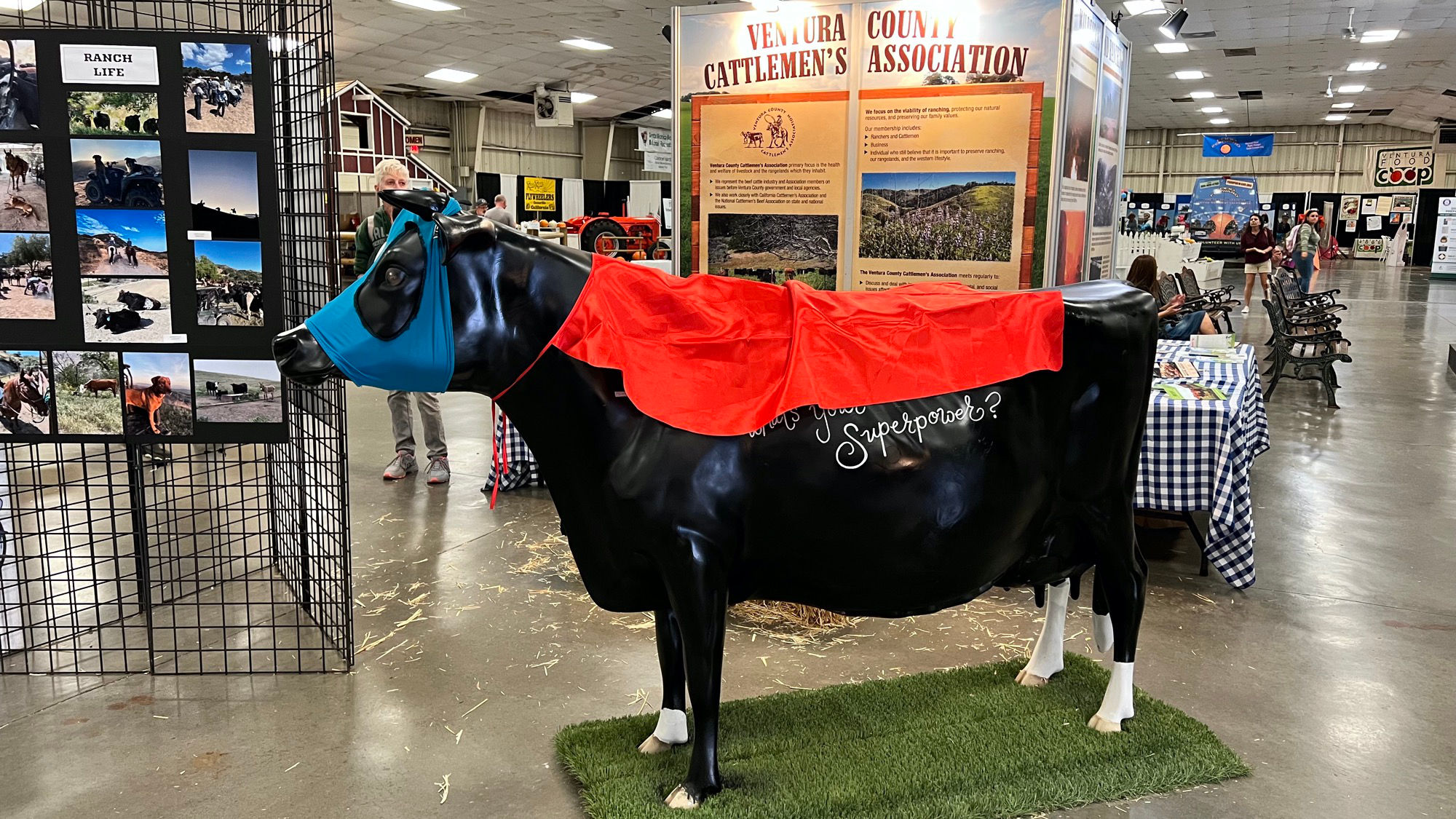
Ventura County Cattlemen's Association
Representing Cattlemen and Ranchers of Ventura County
Representing Cattlemen and Ranchers of Ventura County
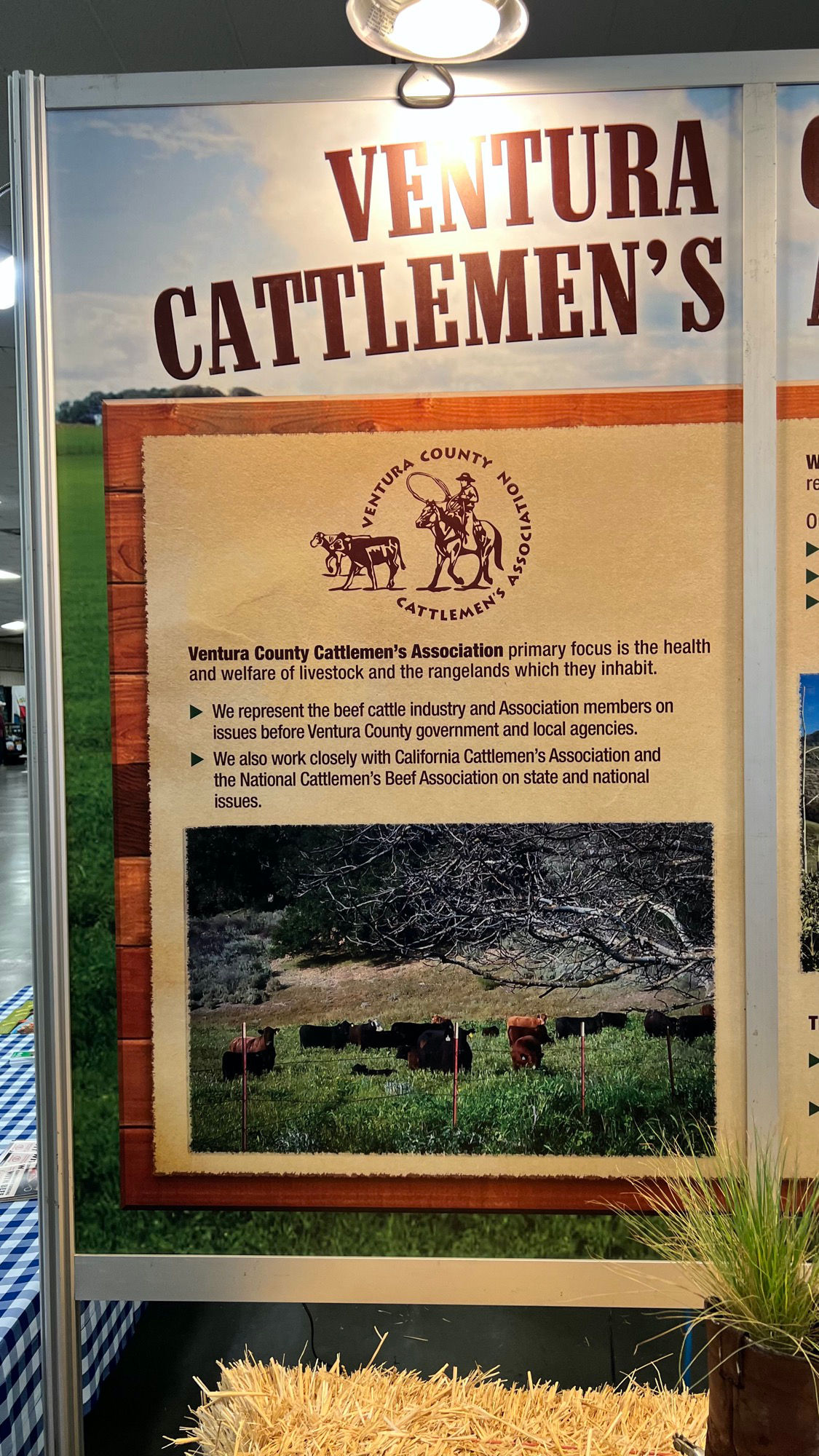
Ventura County Cattlemen's Association
Primary focus is the health and welfare of livestock and the rangelands which they inhabit.
Primary focus is the health and welfare of livestock and the rangelands which they inhabit.
- We represent the beef cattle industry and Association members on issues before Ventura County government and local agencies.
- We also work closely with California Cattlemen's Association and the National Cattlemen's Beef Association on state and national issues.
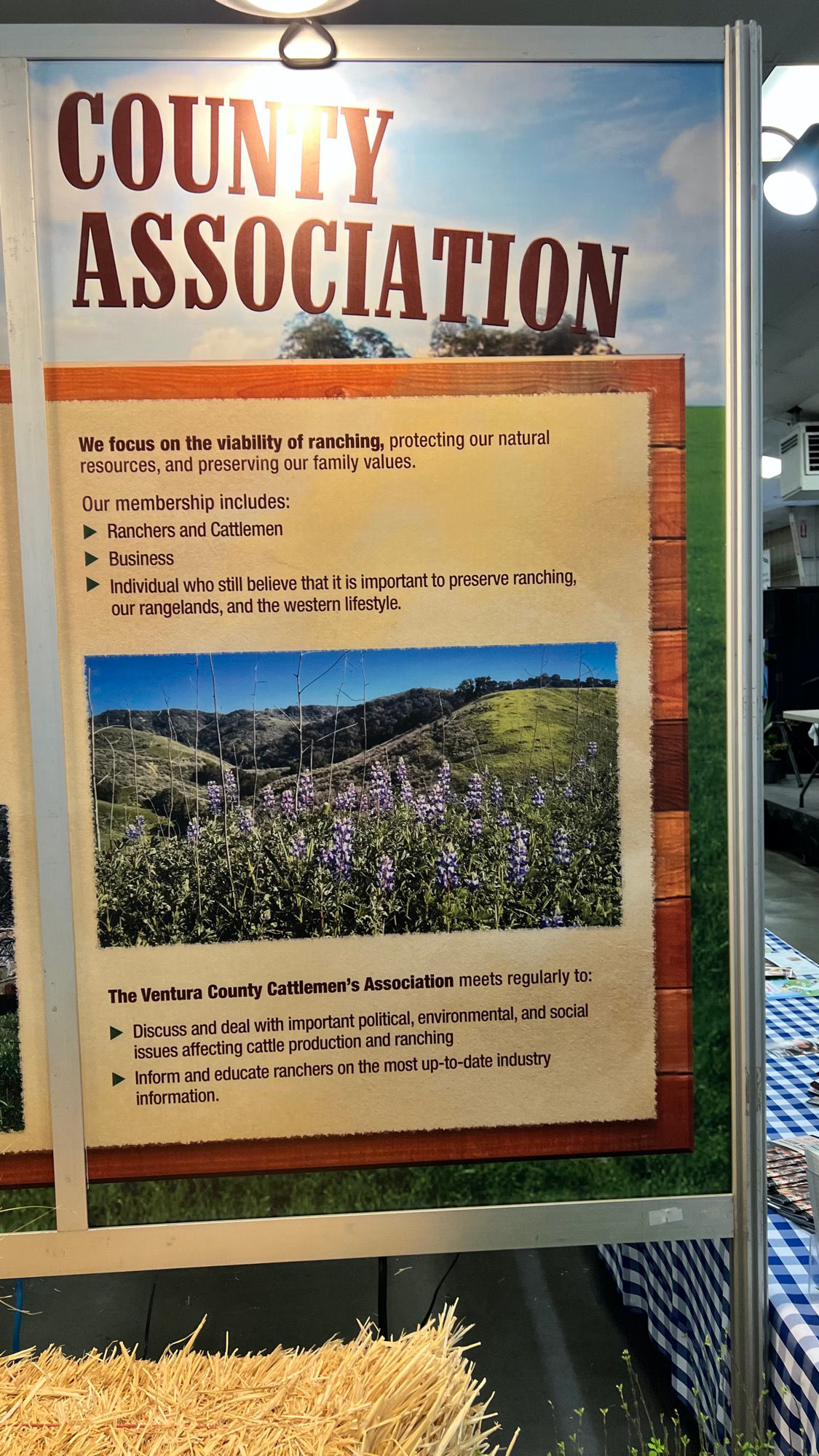
County Association
We focus on the viability of ranching, protecting our natural resources, and preserving our family values.
The Ventura County Cattlemen's Association Meets regularly to:
We focus on the viability of ranching, protecting our natural resources, and preserving our family values.
Our membership includes:
- Ranchers and Cattlemen
- Business
- Individual who still believe that it is important to preserve ranching, our rangelands, and the western lifestyle.
The Ventura County Cattlemen's Association Meets regularly to:
- Discuss and deal with important political, environmental, and social issues affecting cattle production and ranching
- Inform and educate ranchers on the most up-to-date industry information
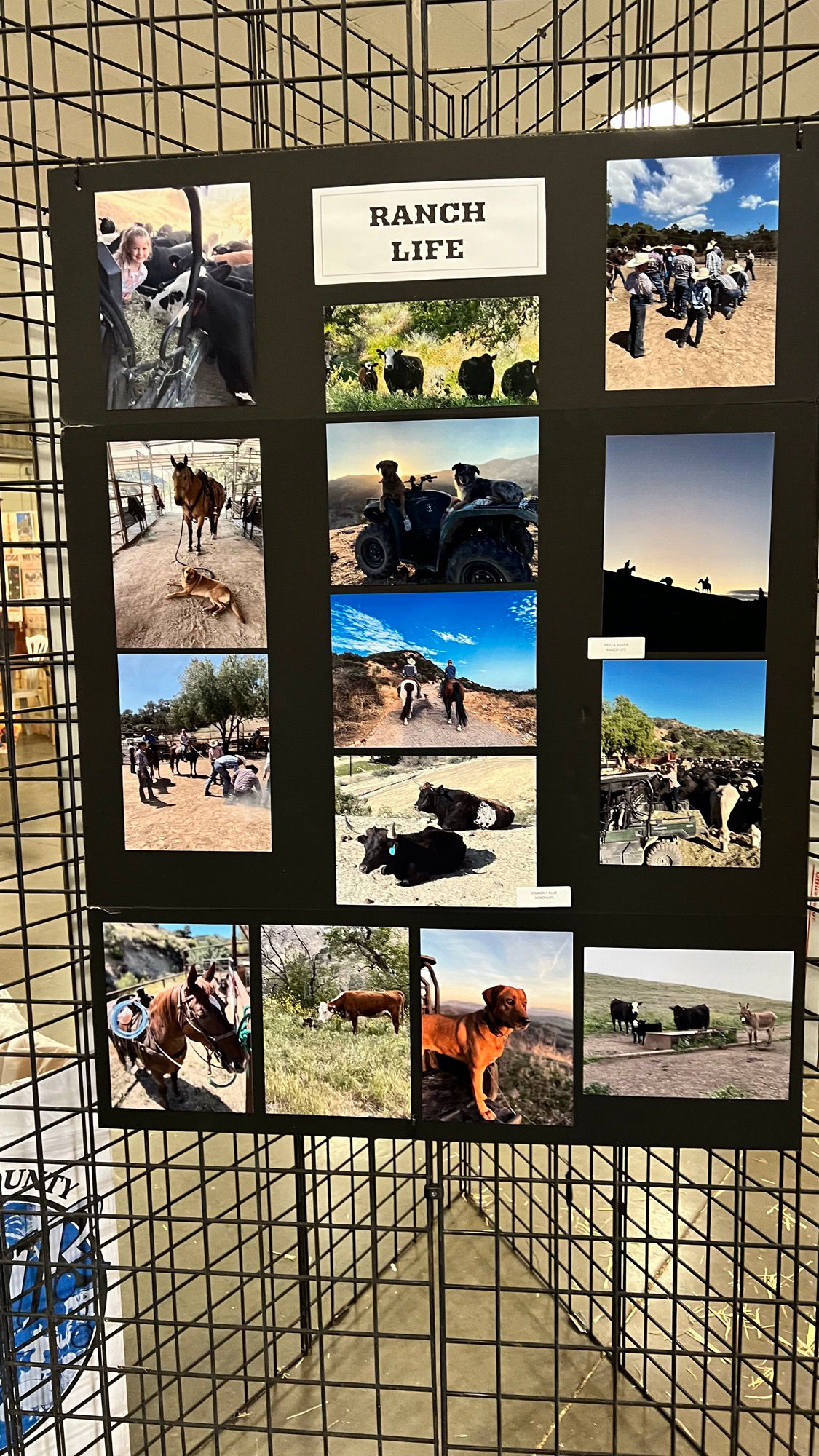
Ranch Life
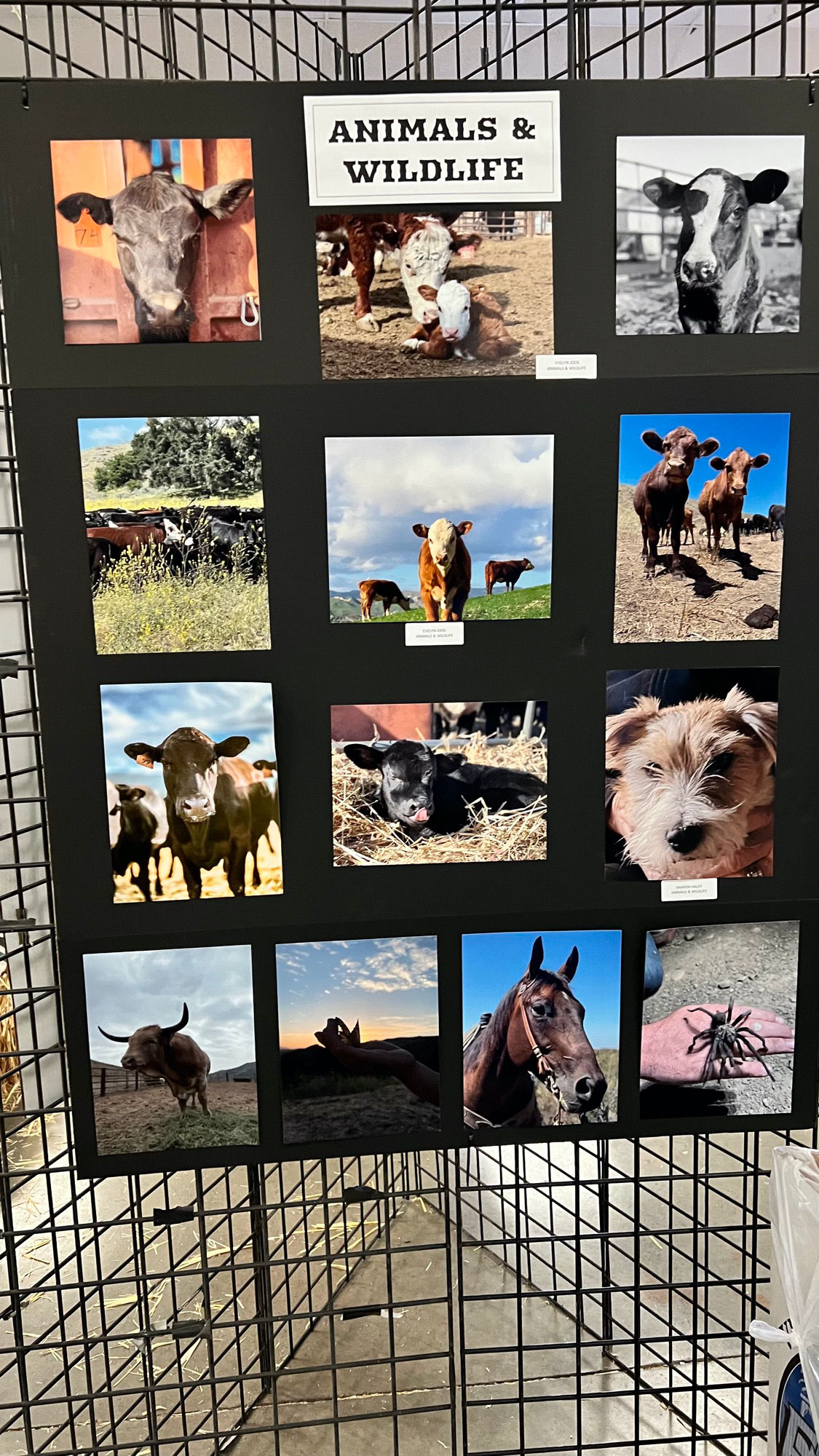
Animals & Wildlife
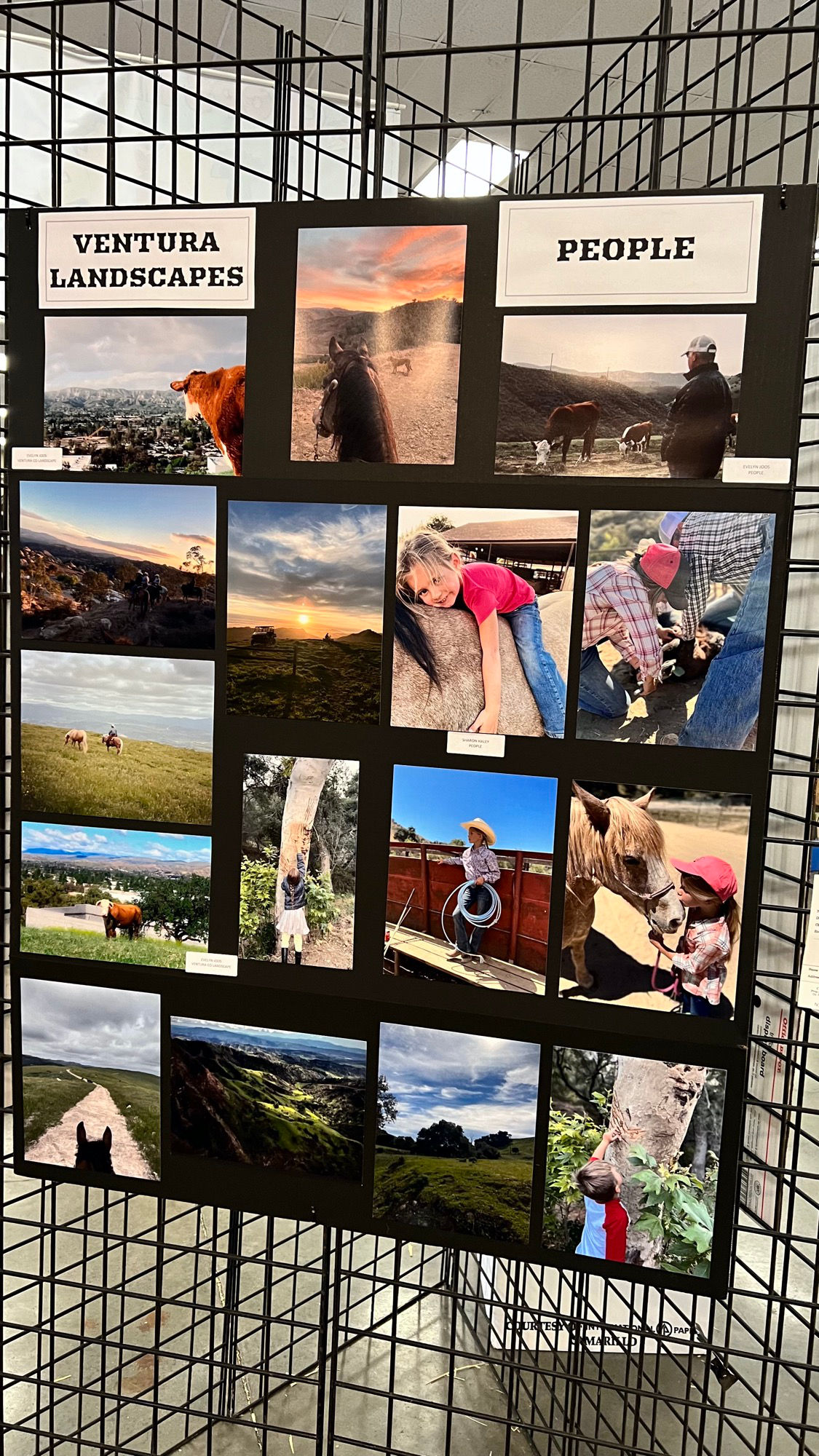
Ventura Landscapes & People
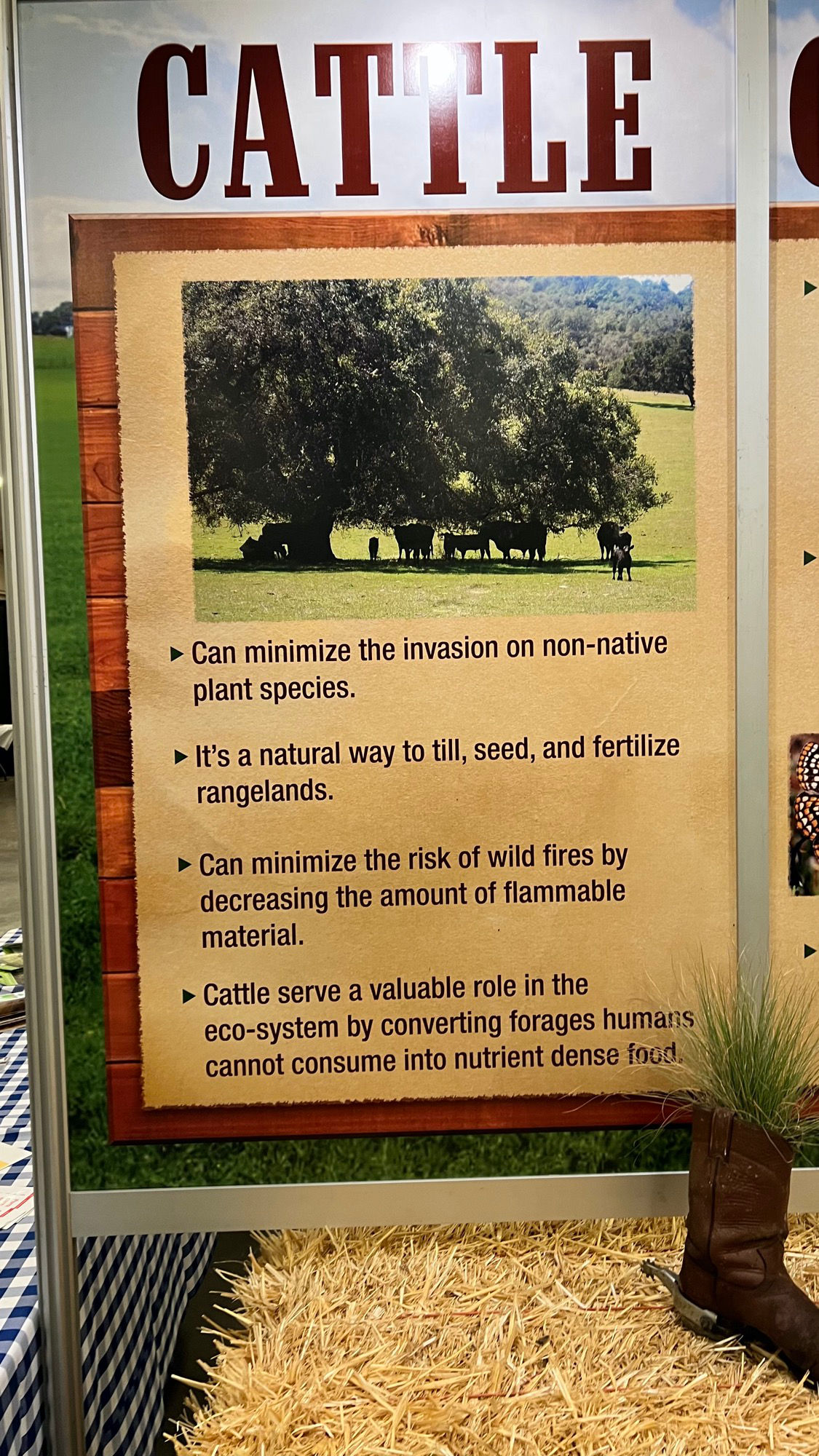
Cattle
- Can minimize the invasion on non-native plant species
- It's a natural way to till, seed, and fertilize range lands
- Can minimize the risk of wild fires by decreasing the amount of flammable material
- Cattle serve a valuable role in the eco-system by converting forages humans cannot consume into nutrient dense food
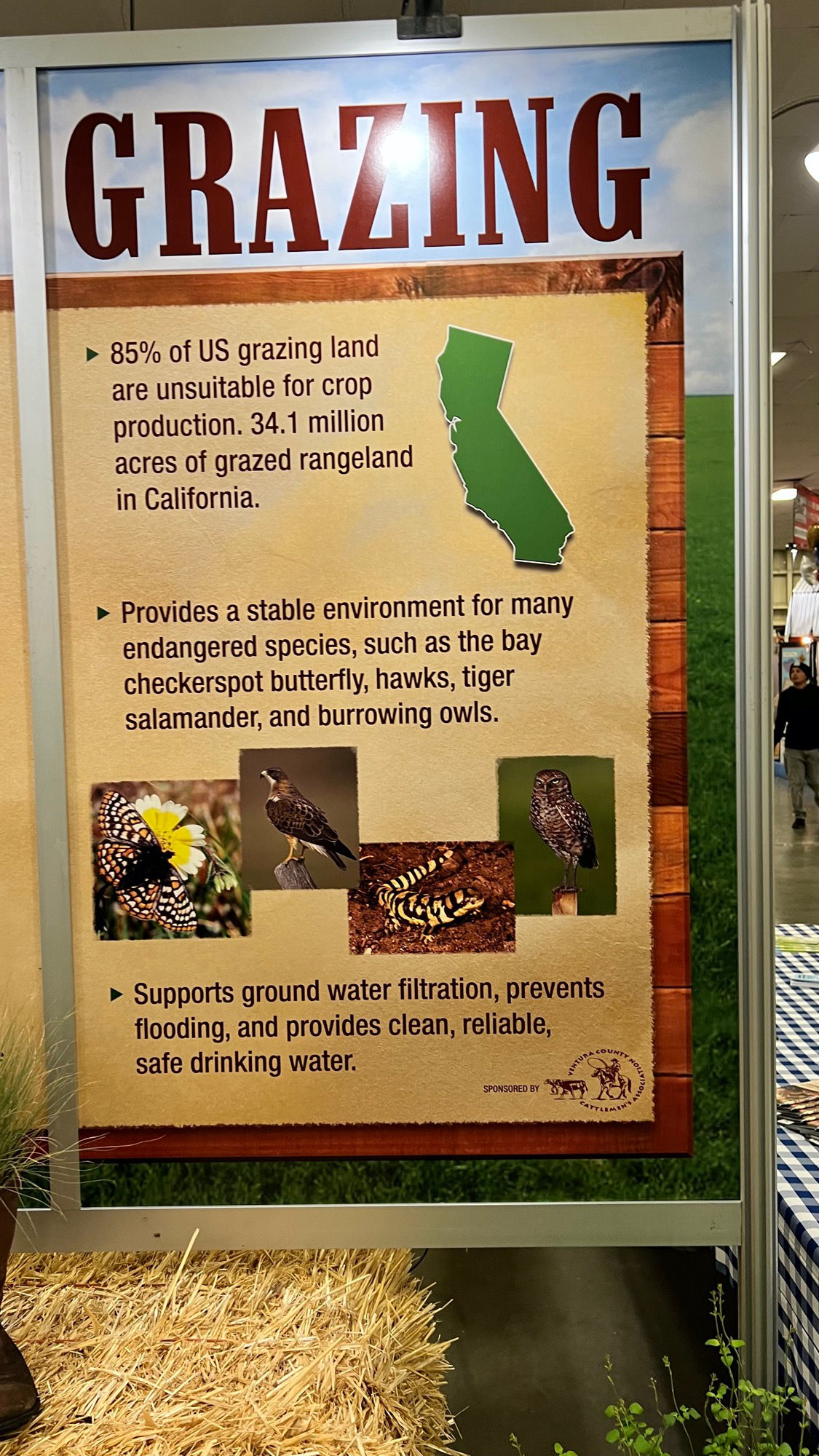
Grazing
- 85% of US grazing land are unsuitable for crop production. 34.1 million acres of grazed rangeland in California
- Provides a stable environment for many endangered species, such as the bay checkerspot butterfly, hawks, tiger salamander, and burrowing owls
- Supports ground water filtration, prevents flooding, and provides clean, reliable, safe drinking water
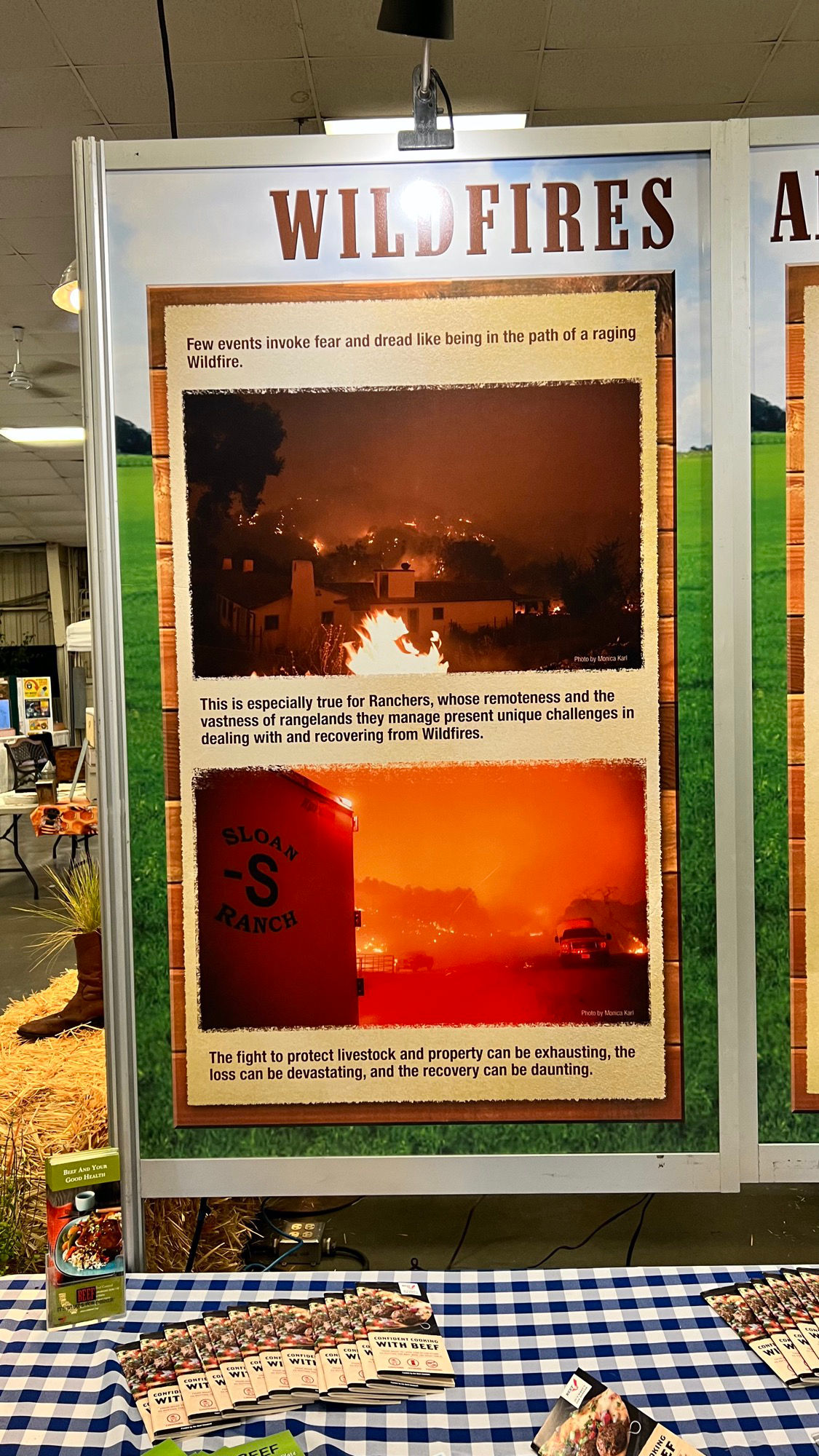
Wildfires
- Few events invoke fear and dread like being in the path of a raging Wildfire.
- This is especially true for Ranchers, whose remoteness and the vastness of range lands they manage present unique challenges in dealing with and recovering from Wildfires.
- The fight to protect livestock and property can be exhausting, the loss can be devastating, and the recovery can be daunting.
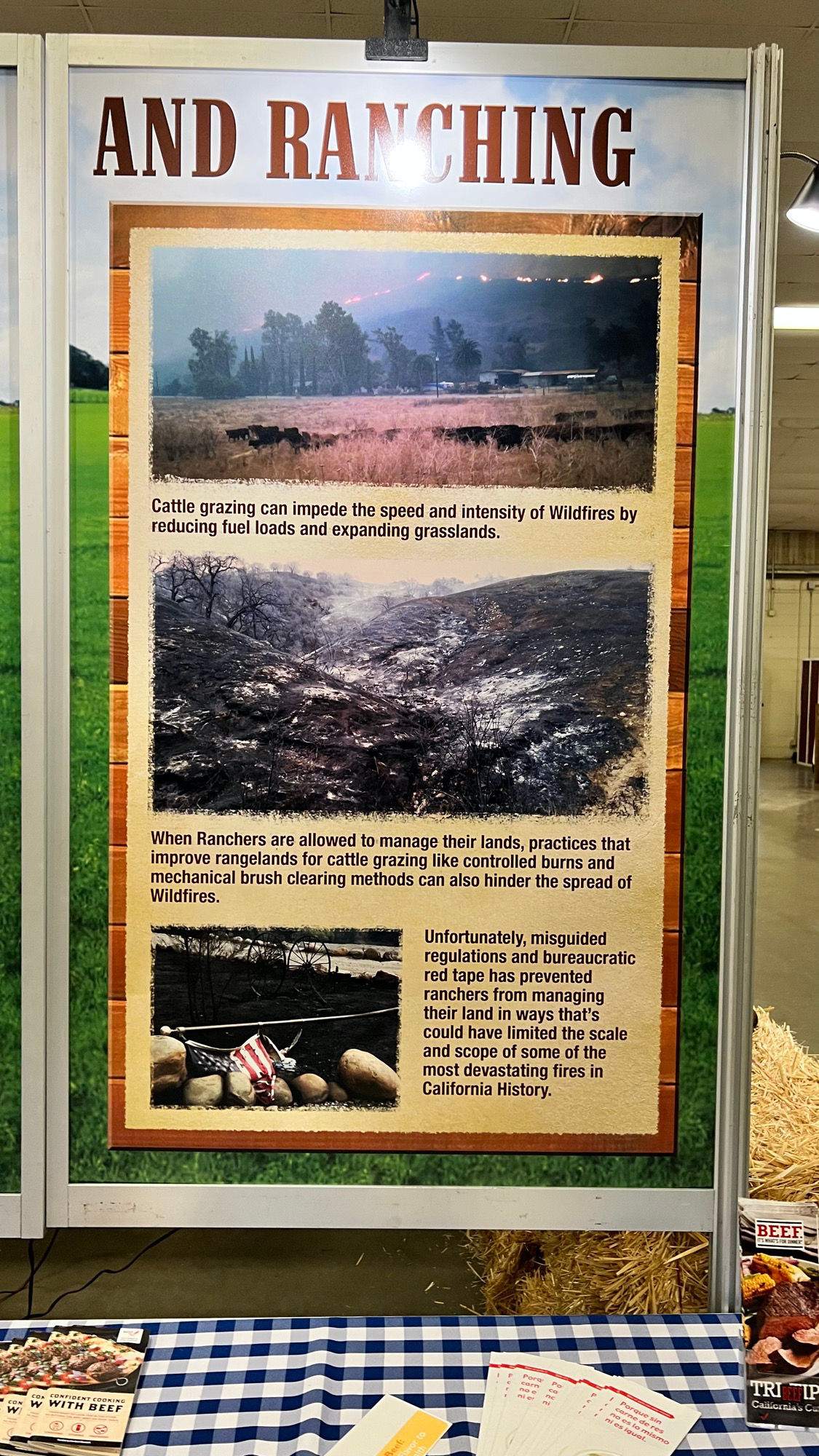
and Ranching
- Cattle grazing can impede the speed and intensity of Wildfires by reducing fuel loads and expanding grasslands.
- When Ranchers are allowed to manage their lands, practices that improve range lands for cattle grazing like controlled burns and mechanical brush clearing methods can also hinder the spread of Wildfires.
- Unfortunately, misguided regulations and bureaucratic red tape has prevented ranchers from managing their land in ways that's could have limited the scale and scope of some of the most devastating fires in California History.

The Beef Lifecycle
- Cow-Calf
Cows are bred and calves are born and raised every year on cow calf farms and ranches, spending time grazing on grass pastures within sight of their mothers - Weaning
Beef calves are weaned away from their mothers between 68 months of age. - Stockers and Backgrounders
Between 6-12 months of age cattle spend time at stocker and backgrounder farms and ranches where they graze on a variety of pastures. Here they gain weight and convert forage and grass into lean protein - Livestock Auction Markets
Many calves leave the farm or ranch where they were born and are sold at livestock auction markets to stockers and backgrounders between 6-12 months of age - Feedyard
Cattle spend 46 months at a feedyard being fed a scientifically-balanced diet and receiving daily care. Some spend the rest of their lives on a pasture being grass finished - Packing Plant
Cattle are sent to a packer/processing facility to be slaughtered and processed then distributed to supermarket retailers and restaurants- Due to strong demand for US Beef. Beef is exported to more than 130 other countries
- Supermarkets and Restaurants
Retails and food service operators sell the beef - Millions of Americans
Beef helps nourish the bodies by providing 10 essential nutrients
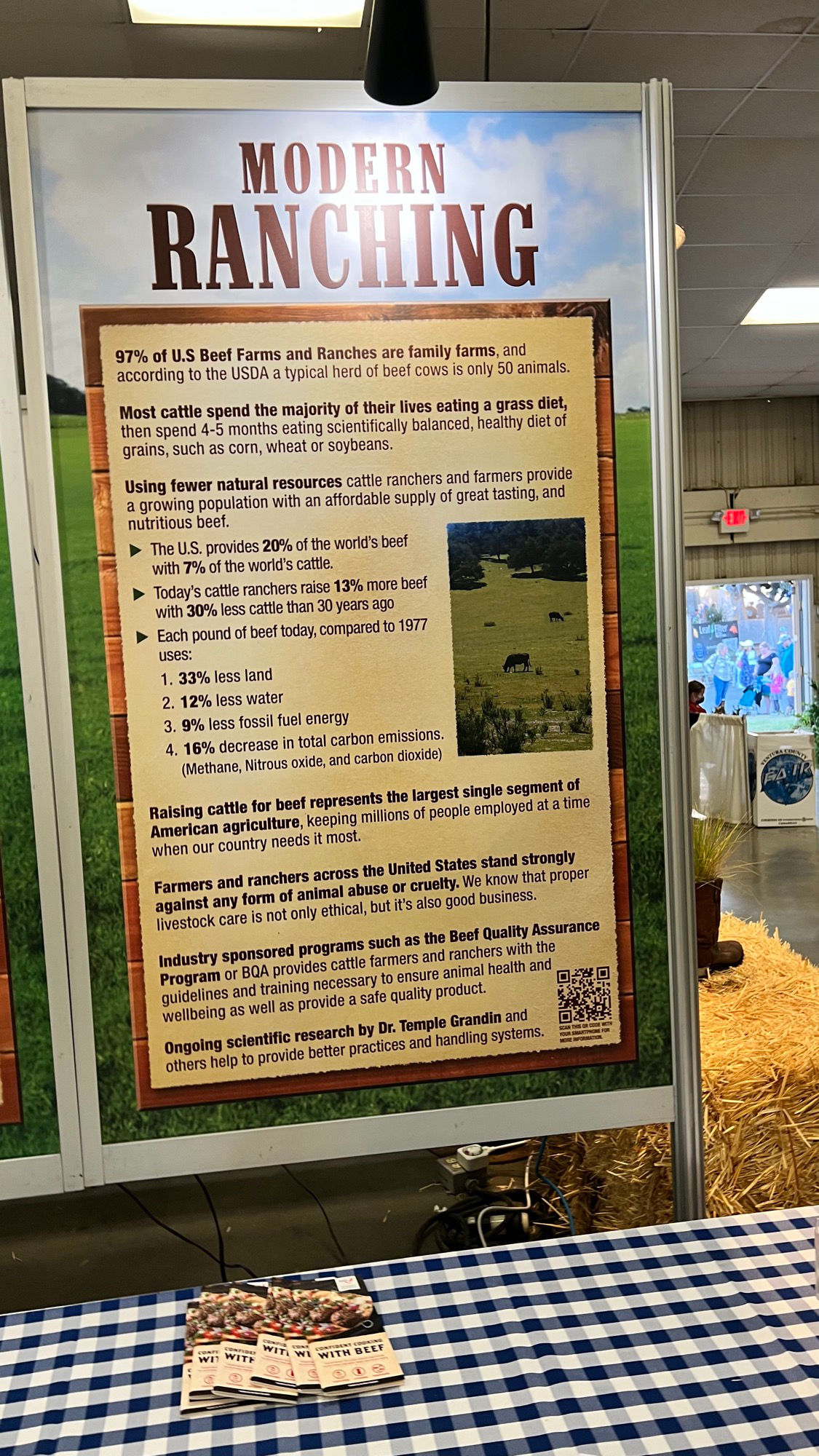
Modern Ranching
- 97% of U.S Beef Farms and Ranches are family farms
According to the USDA a typical herd of beef cows is only 50 animals - Most cattle spend the majority of their lives eating a grass diet
Then spend 4-5 months eating scientifically balanced, healthy diet of grains, such as corn, wheat or soybeans - Using fewer natural resources
Cattle ranchers and farmers provide a growing population with an affordable supply of great tasting, and nutritious beef.- The U.S. provides 20% of the world's beef with 7% of the world's cattle
- Today's cattle ranchers raise 13% more beef with 30% less cattle than 30 years ago
- Each pound of beef today, compared to 1977 uses:
- 33% less land
- 12% less water
- 9% less fossil fuel energy
- 16% decrease in total carbon emissions (methane, Nitrous oxide, and carbon dioxide)
- Raising cattle for beef represents the largest single segment of American agriculture
Keeping millions of people employed at a time when our country needs it most. - Farmers and ranchers across the United States stand strongly against any form of animal abuse or cruelty
We know that proper livestock care is not only ethical, but it's also good business. - Industry sponsored programs such as the Beef Quality Assurance Program
BQA provides cattle farmers and ranchers with the guidelines and training necessary to ensure animal health and well being as well as provide a safe quality product. - Ongoing scientific research by Dr. Temple Grandin
And others help to provide better practices and handling systems.
Ventura County Cattlemen's Association:
Mission Statement:
- To represent the beef cattle industry and Association members on issues before Ventura County government and local agencies. We must do the same on the State and National levels working with the California Cattlemen’s Association and in turn, the National Cattlemen’s Association.
- To address the questions and needs of Ventura County beef cattle producers on local and regional issues through direct member contact from our elected officers and Board of Directors and a visible communications program.
- To maintain a public relations effort to keep a positive view of the beef cattle industry in the public eye through work with Ventura County Women for Agriculture, the California Cattlemen’s Association, California Cattlewomen, and the California Beef Council.
- To establish good media contacts in this effort.
VCCARepresenting Cattlemen and Ranchers of Ventura County





